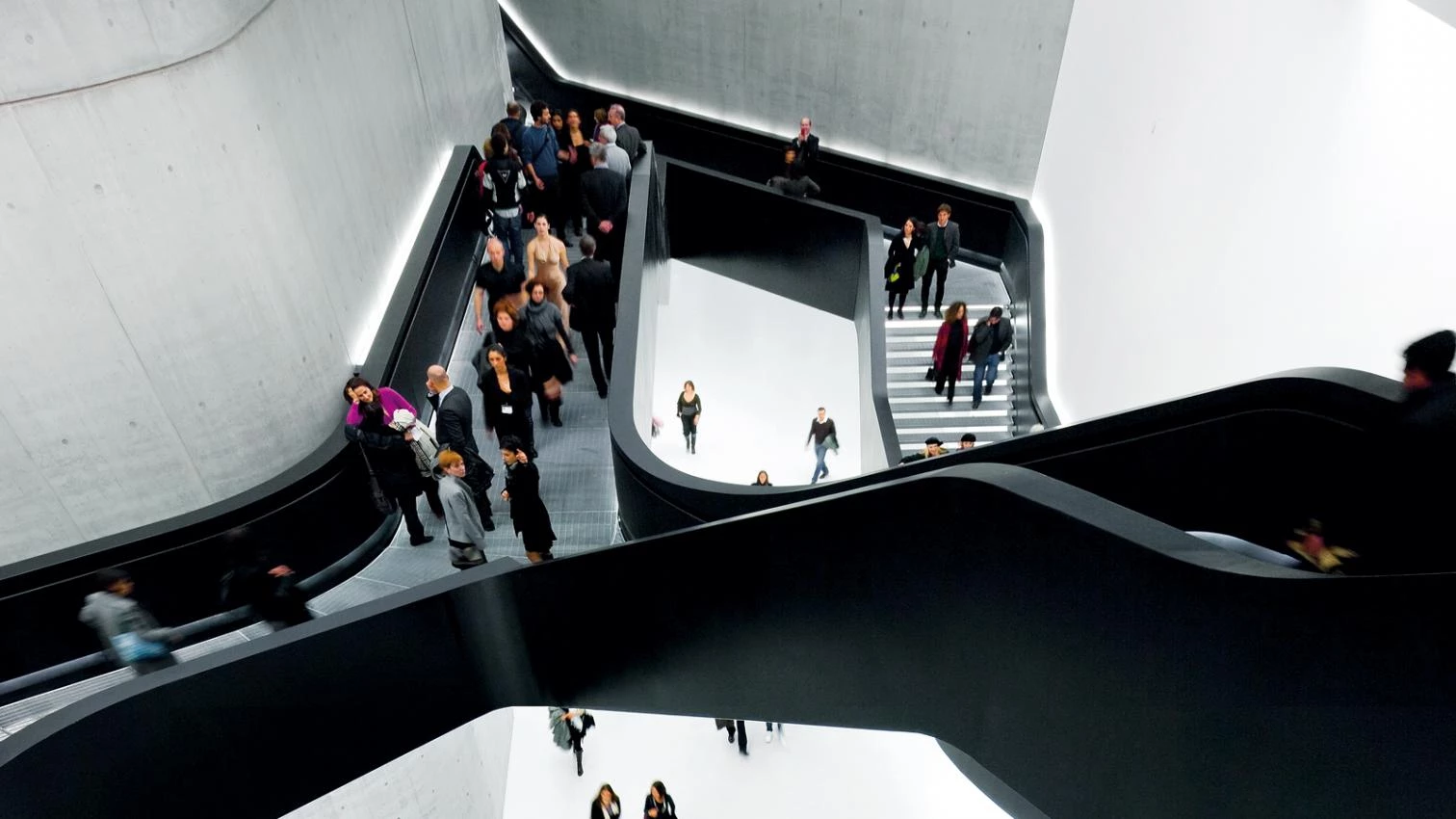The Indifferent Difference

In the generic city, the icon building supplies an instant landmark, and the most clear example is the museum. Just like in the traditional city monuments mark and articulate the uniform extension of the built fabric, in the contemporary city this role is taken by emblematic structures which provide identity to homogeneous landscapes, and this function often falls on signature museums. The current crisis has prompted many to herald the decline of architectural icons – just as 11 September cast shadows on the future of skyscrapers –, but the bulimia of images that make increasingly indistinct environments special keeps nurturing the heroic and trivial carousel of exhibition headquarters:?although weakened by the changes in social priorities, the museum ecosystem survives.
Clad with the critical credentials of the archive or the atlas – hardly more than a metaphorical gown that tries to cover the aesthetic bareness and the intellectual shallowness of so many projects –, the museum stands alternatively as a venue for the worship of art, promoted to new state religion, or as an amusement park ruled by the constraints of technique and the needs of the market. Hesitant between lithurgy and entertainment, this elaborate stage for the display of new collective stories effortlessly collects the toll of talent, and the most gifted authors of our time compete in giving symbolic qualities to structures which are also signs of civic status, efficient instruments of urban branding and motors of a mass tourism that pursues both cultural legitimacy and the consumption of sensations.
Paradoxically, these very distinct works contain similar narratives, and their exhibition devices shape stories that standardize the transmission of values, becoming privileged tools for ideological cohesion in contemporary societies:?they are churches of faithful followers, skeptical clergy and infrequent heretics. Be them cathedrals or parishes, these temples teach the same doctrine, racked with sacrificial respect for canonical objects, respectful submission to priestly narration and self-recognition in the dark mirror of cultural dogma:?these are stories that pretend to describe the world, but that only offer shared fictions. Their generic content is poured into vessels of different shapes, and it is in this picturesque difference where their final indifference resides.
I have visited some of the museums published here, and I?hope that life takes me to many of the others;?I have spoken with several of the directors, always admiring their talent or drive; and I know well most of their architects, all of them professionals with great achievements in the abrupt terrain of turning collective dreams into reality, making the painstaking miracle of materializing a project seem easy. Furthermore, I like to spend time in the old and in the new museums, and some of my happiest hours have gone by in them. However, I cannot help but feel that this flourishing of iconic works has reached a final extreme of exhaustion, that their exhibition arguments cause a reiterated fatigue, and that at this moment architecture needs to pay attention to other demands, and to tell other stories.
Luis Fernández-Galiano





